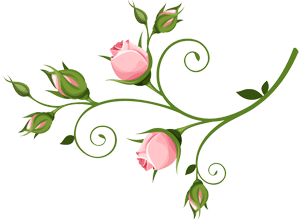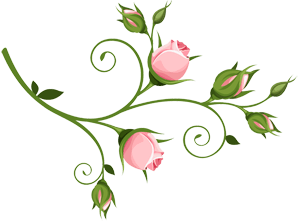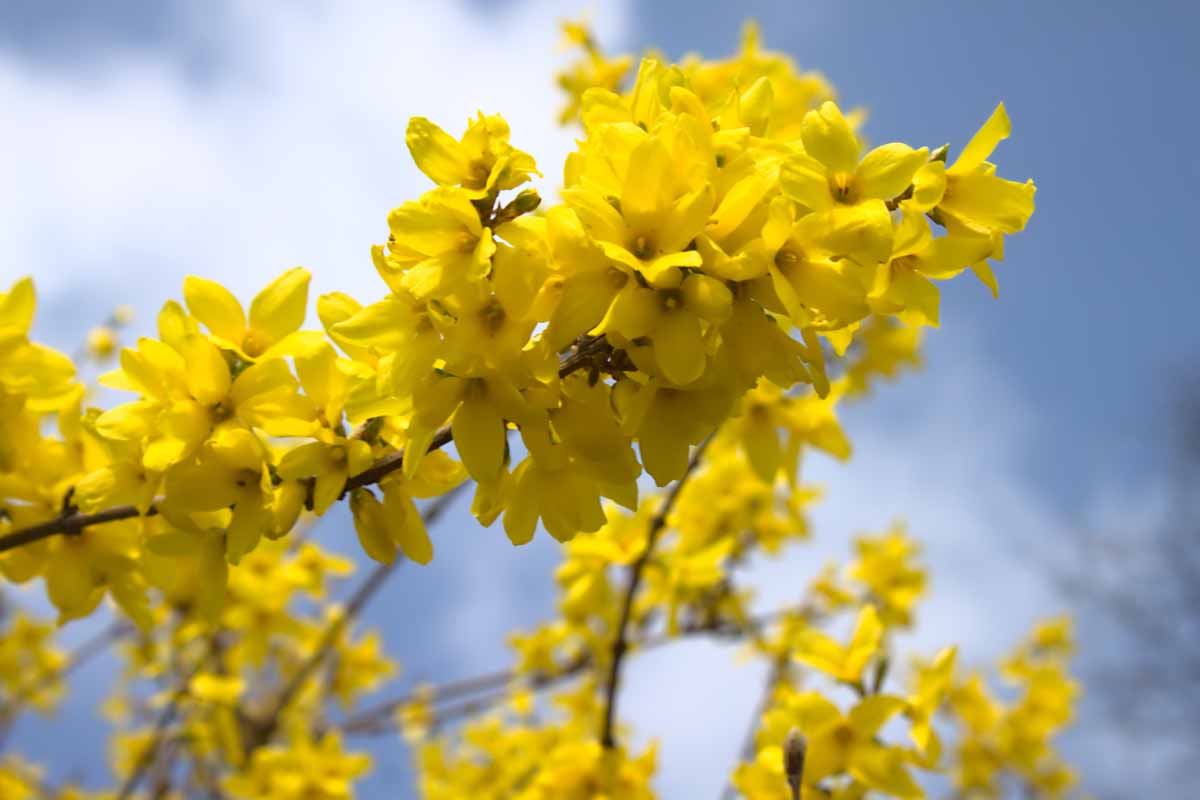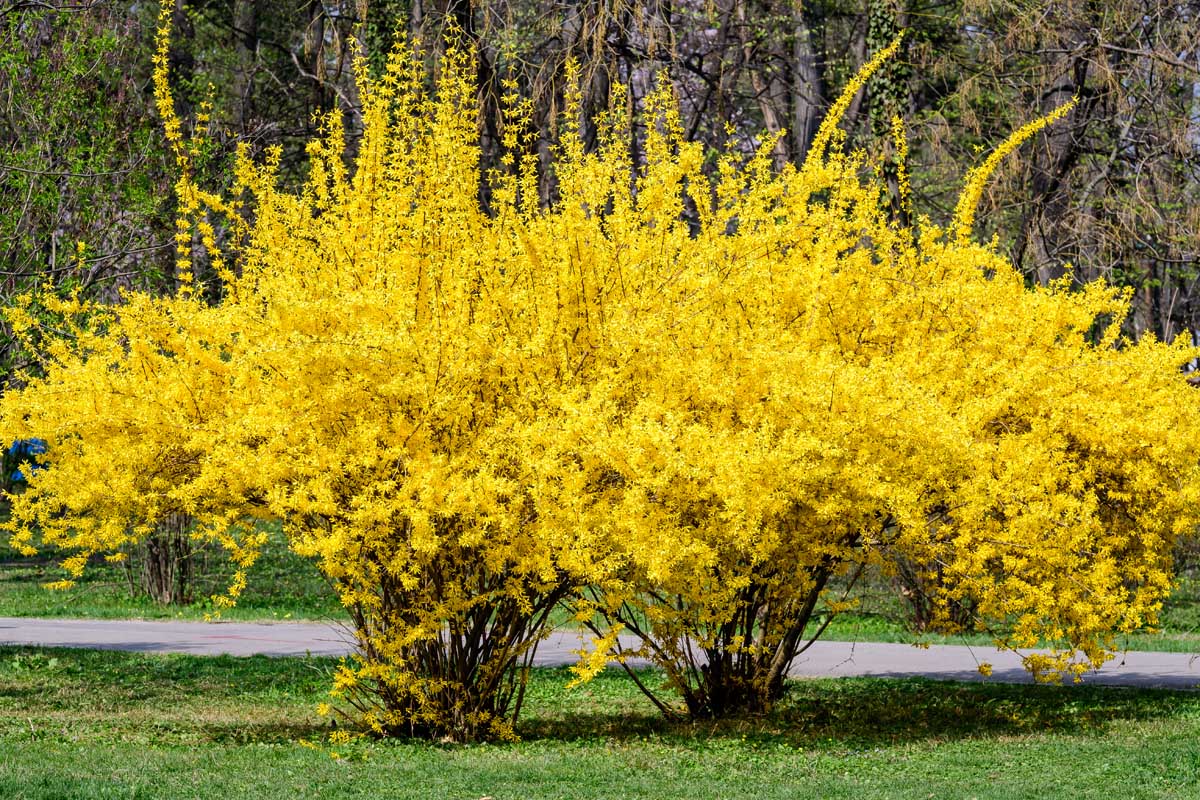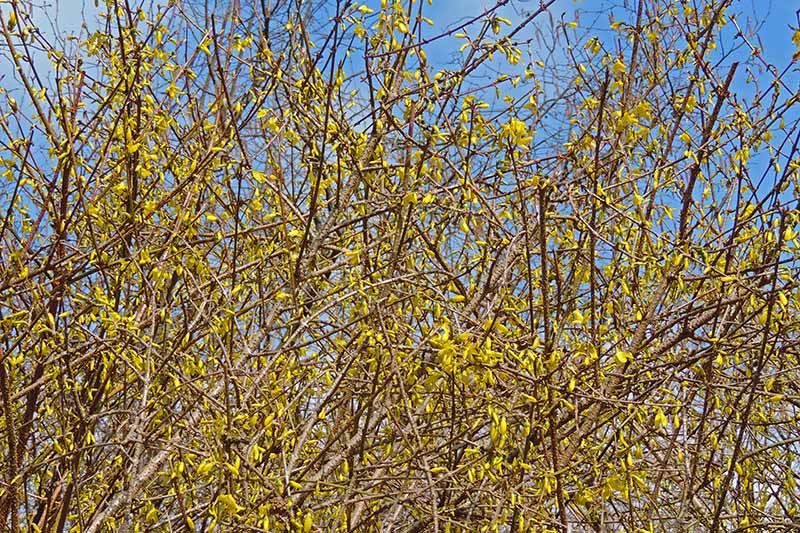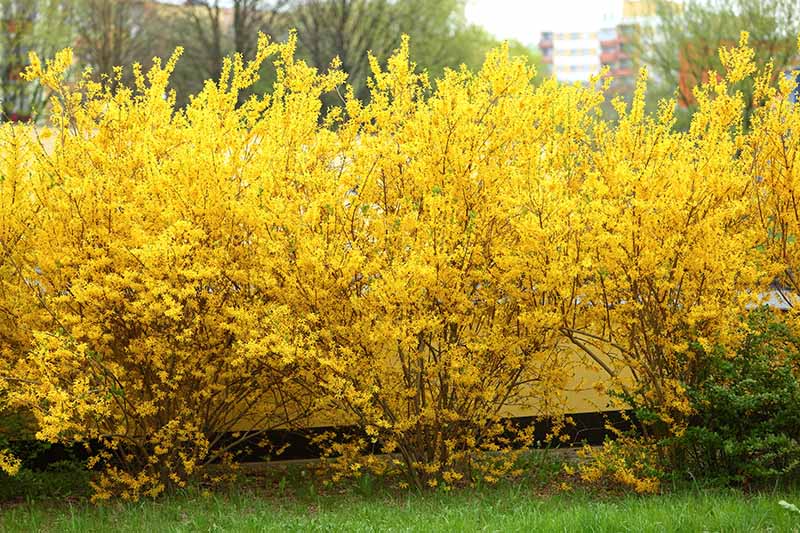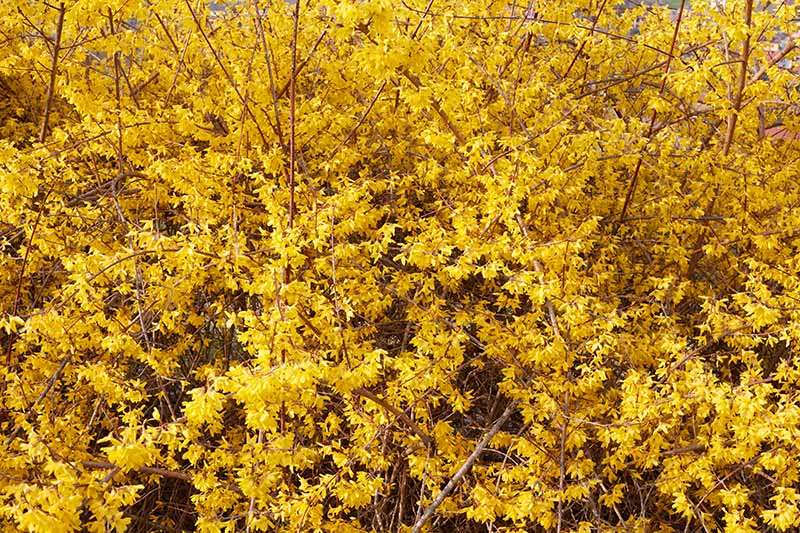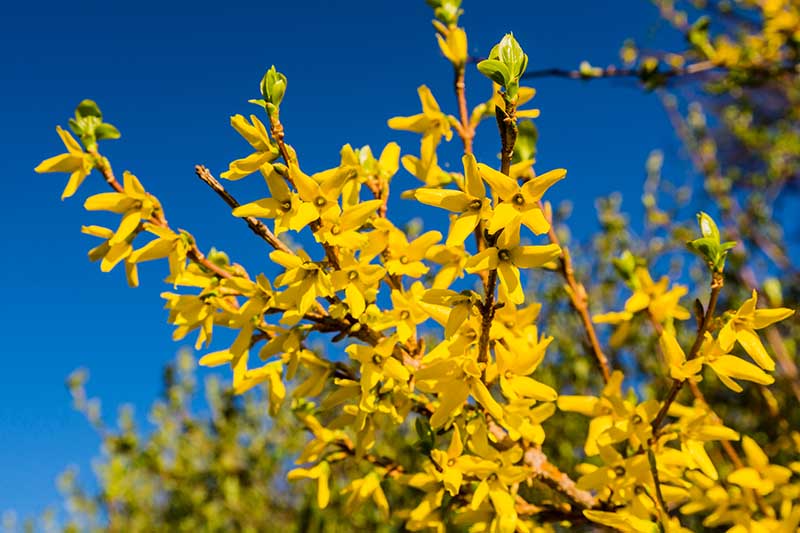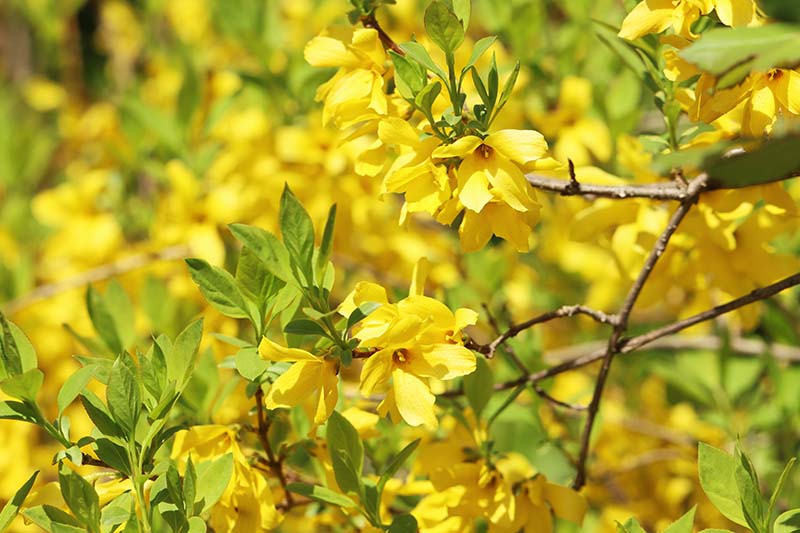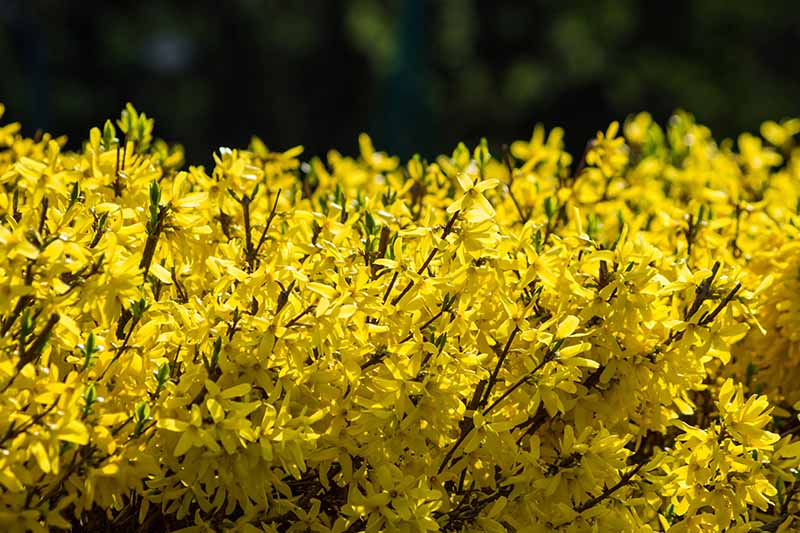How to Grow and Care for Forsythia Bushes
Forsythia is an early spring flowering woody shrub with bright yellow blossoms on gracefully arching branches. Let it take its own shape, or prune it as desired, for the perfect backdrop to colorful bulbs, or a perimeter hedge. Read on to find all you need to know to cultivate and maintain forsythia in your landscape.

